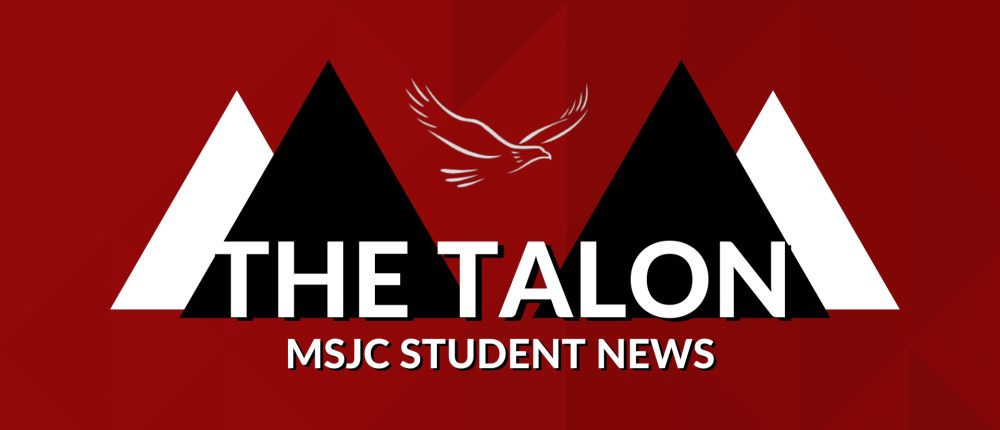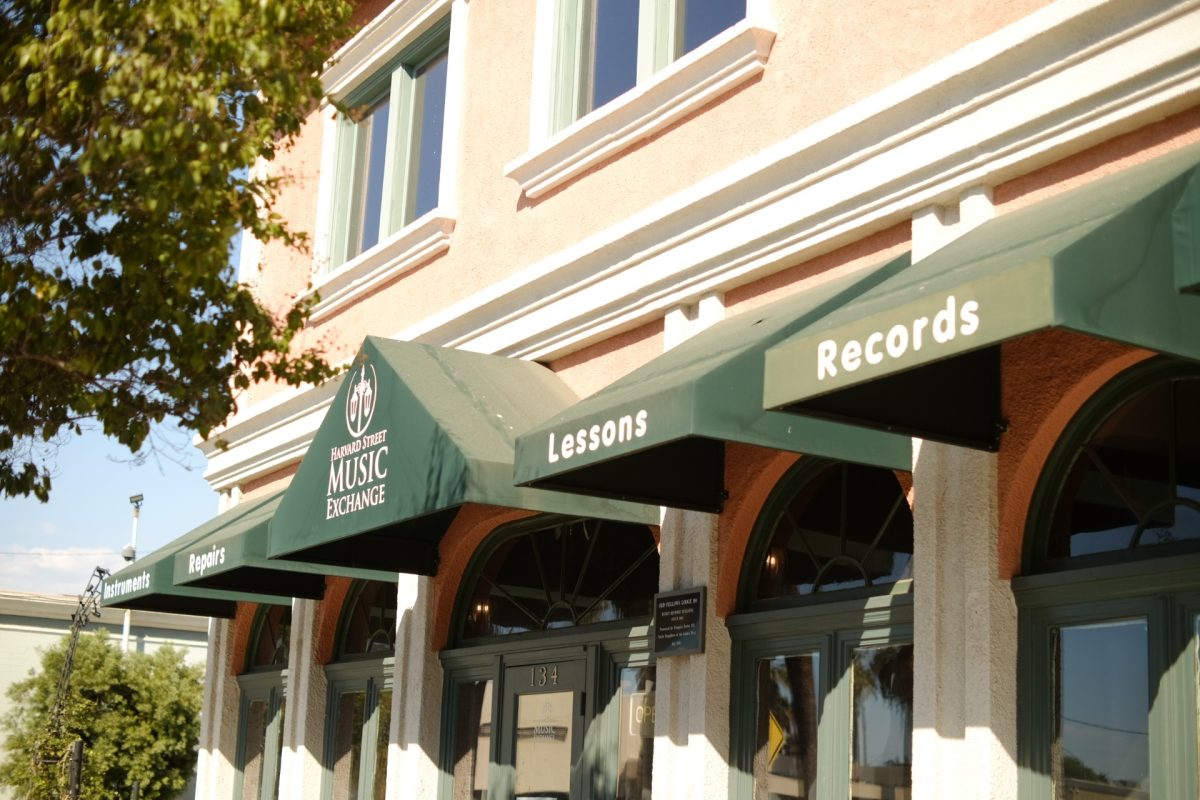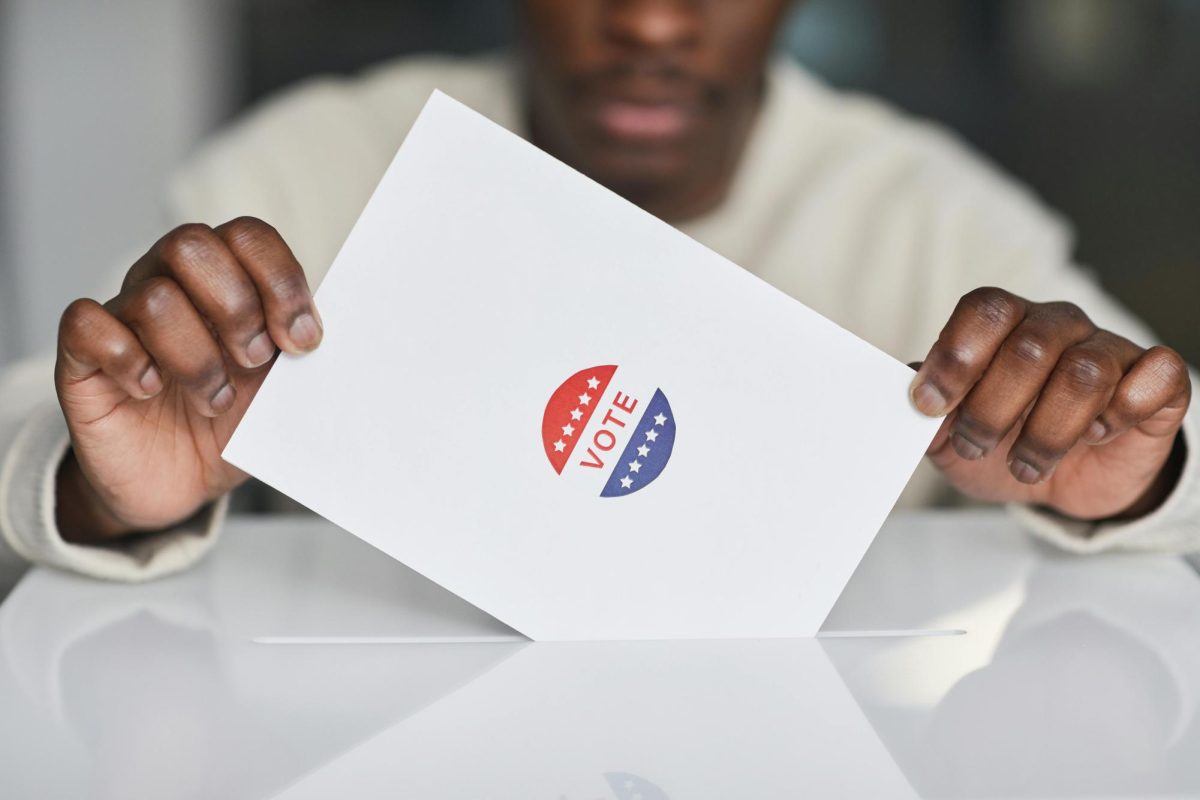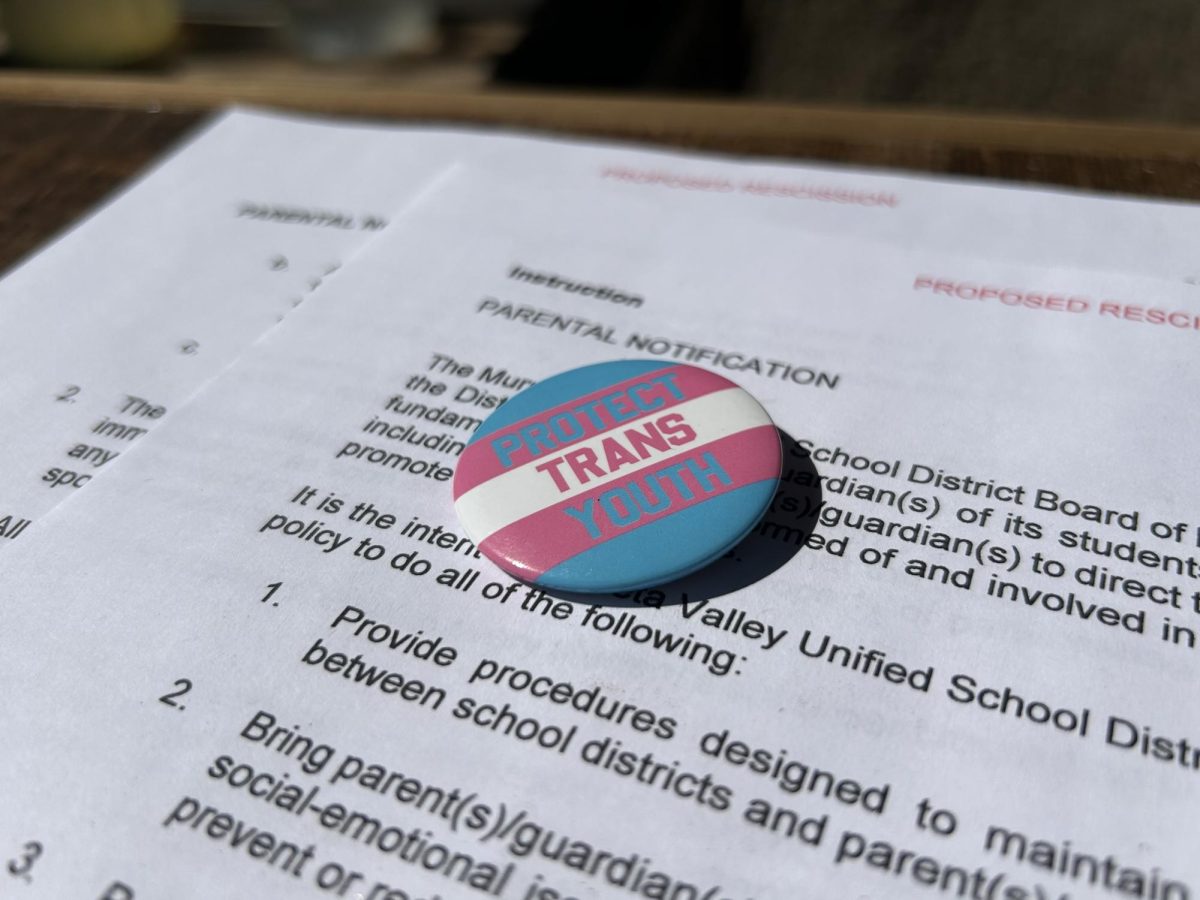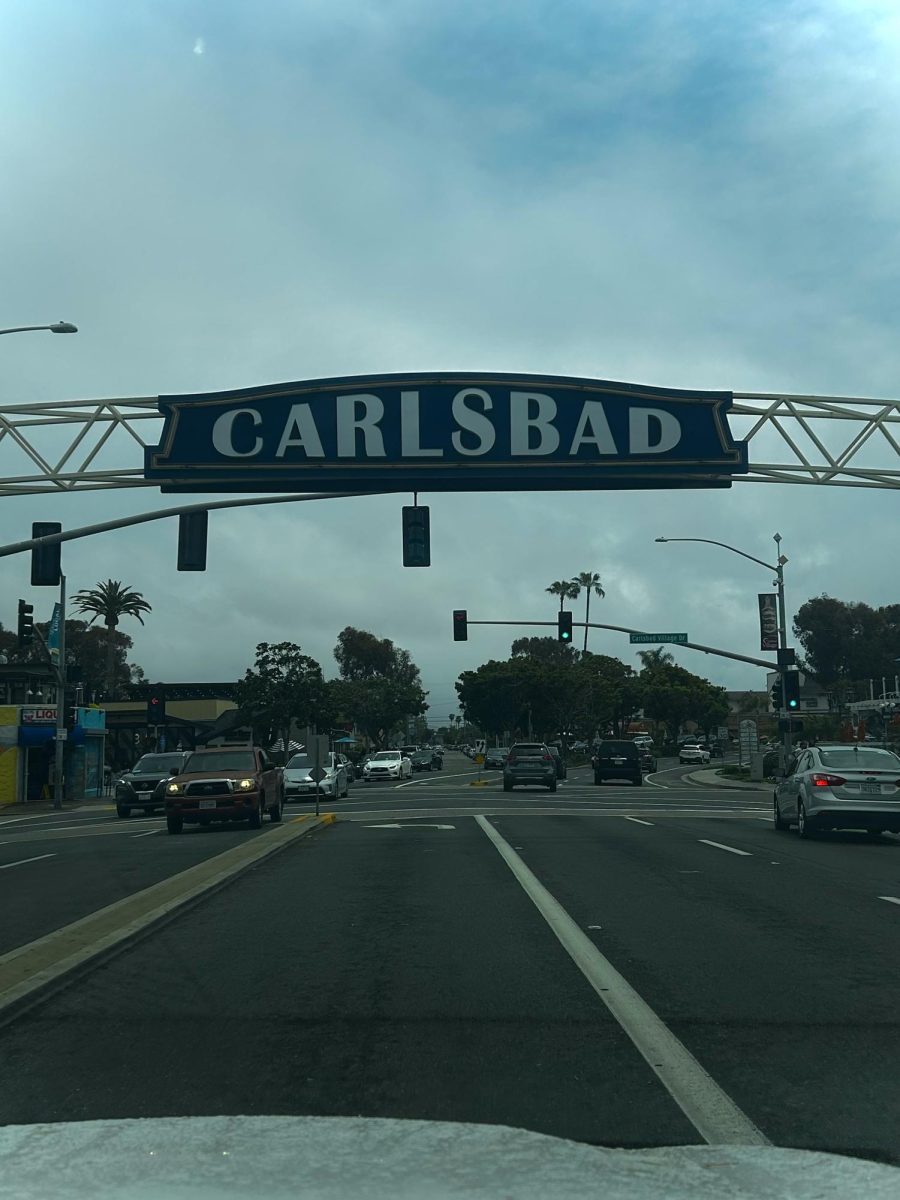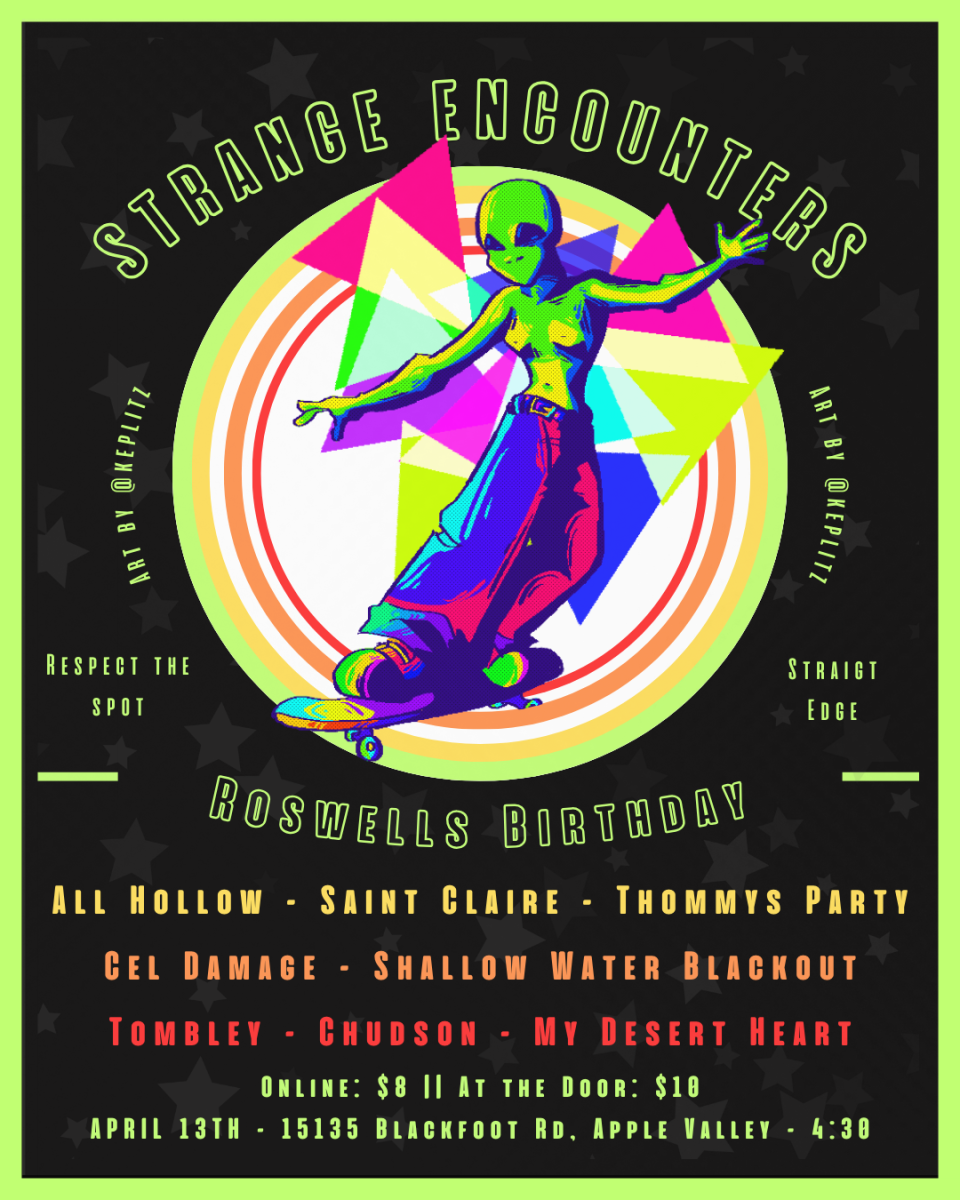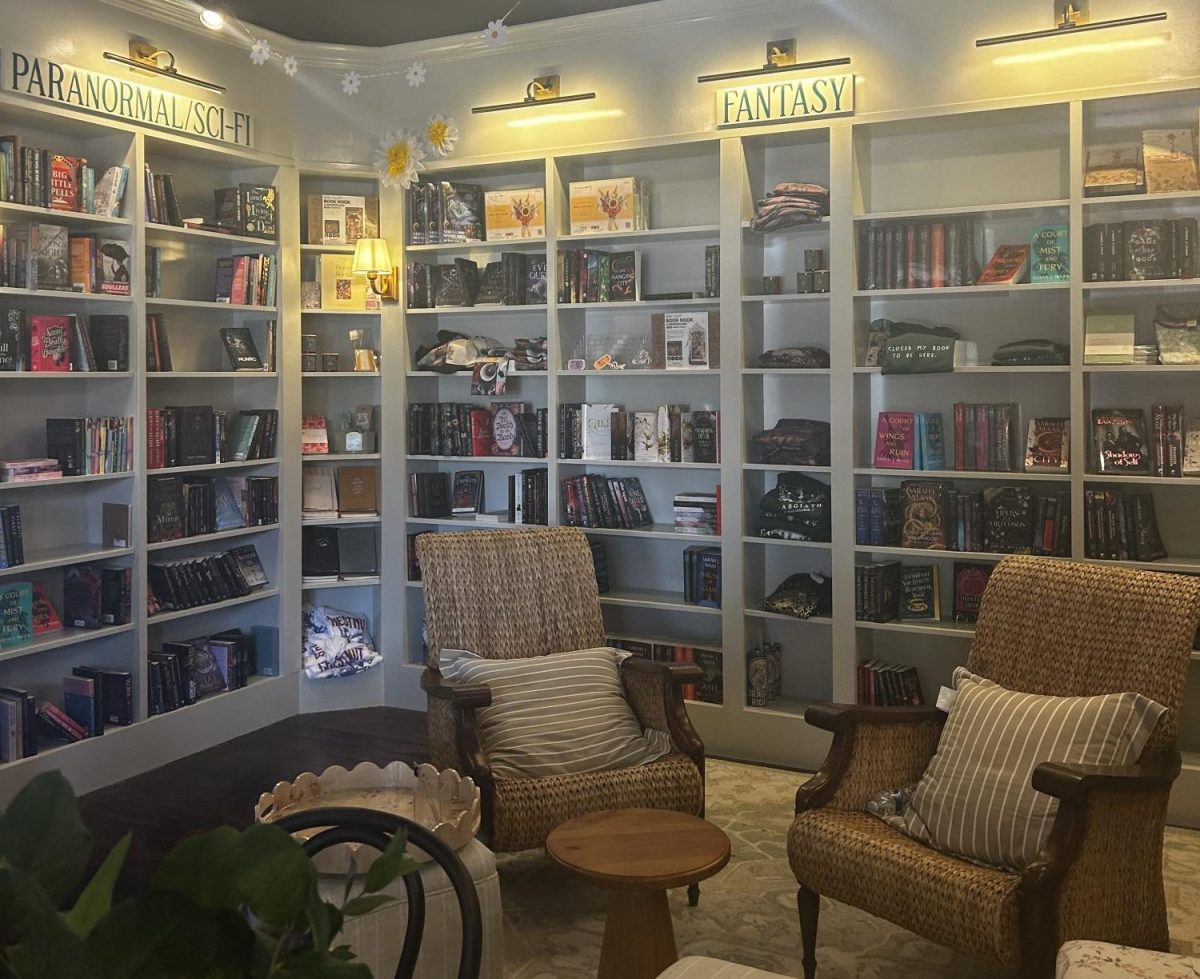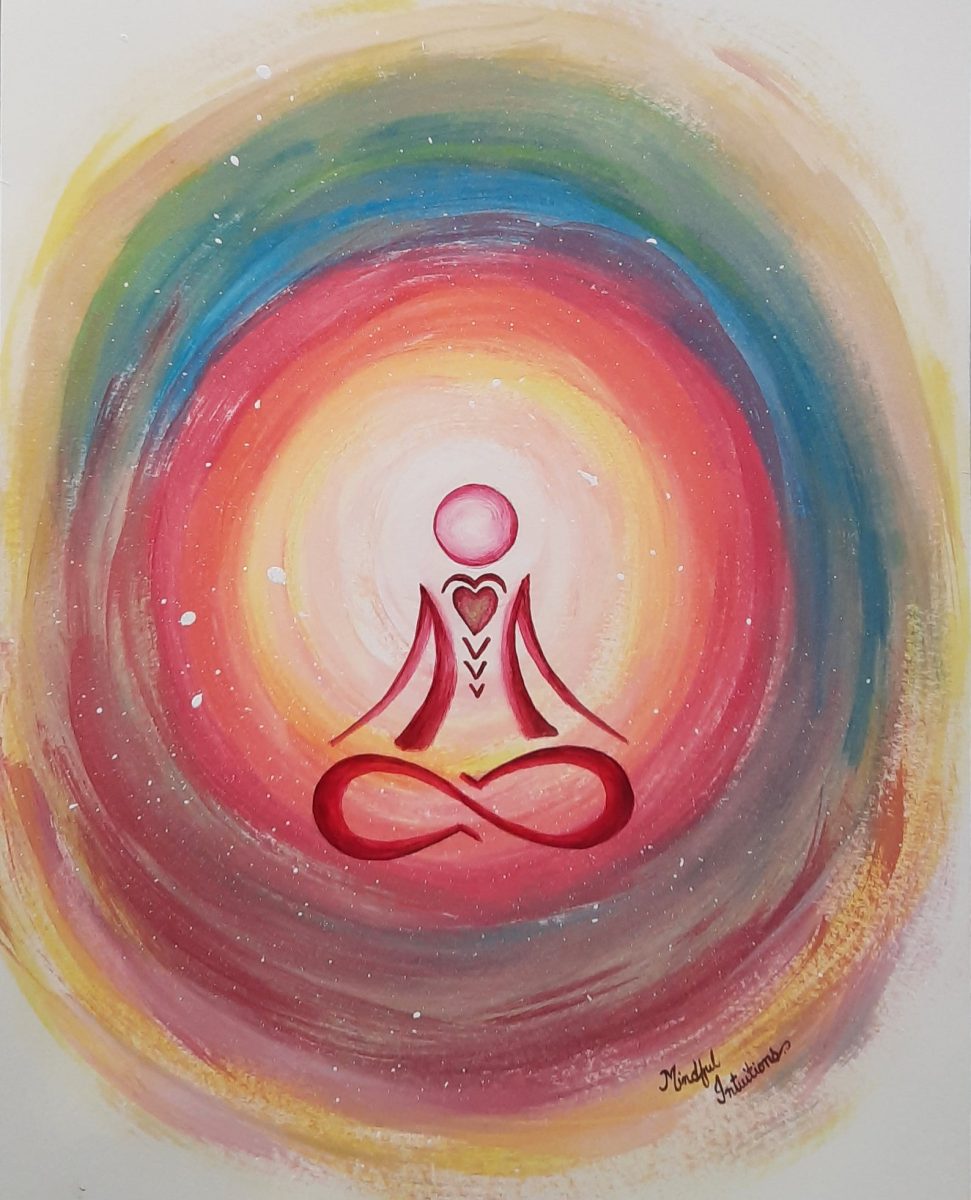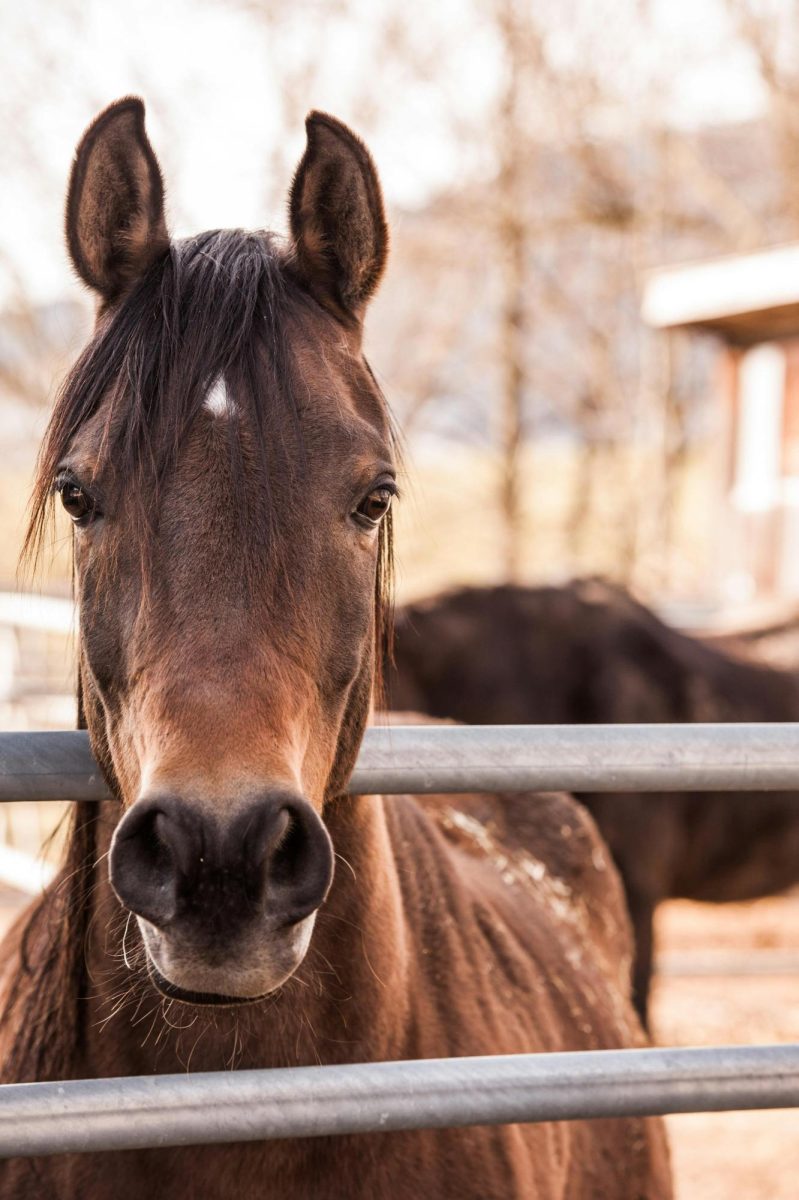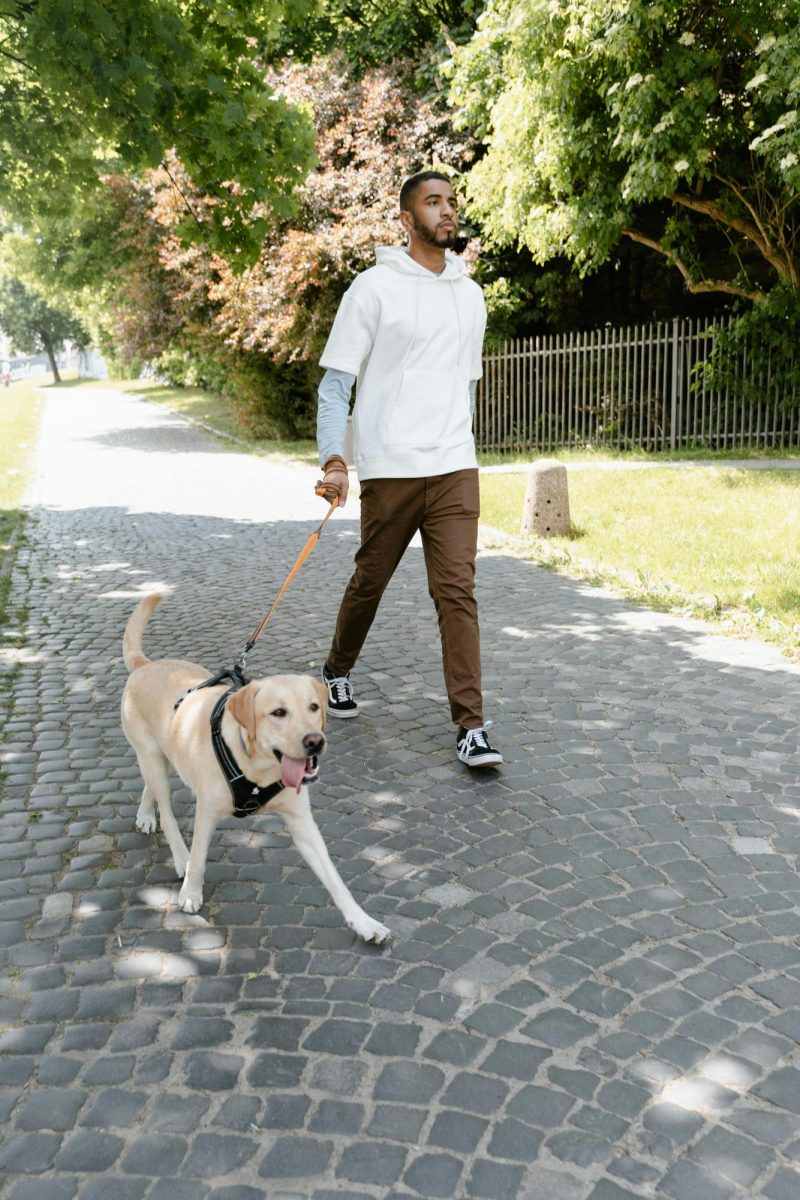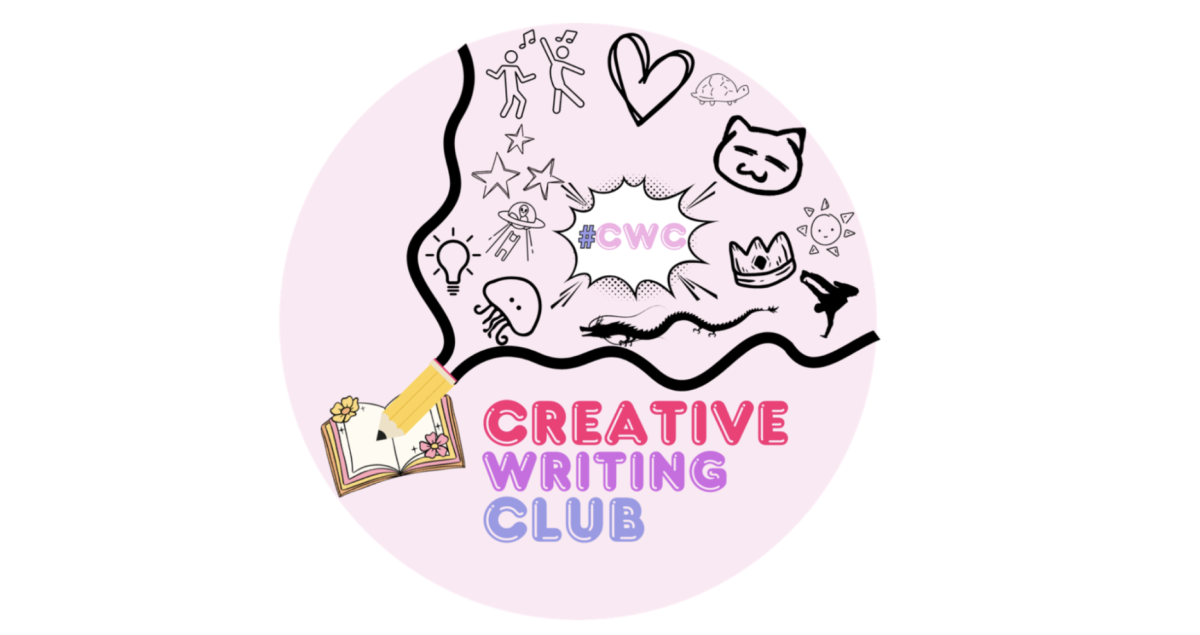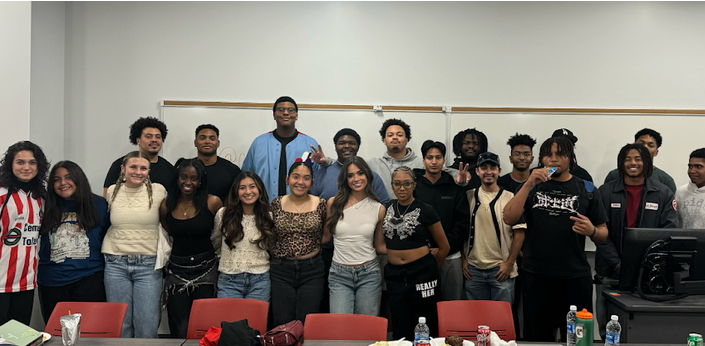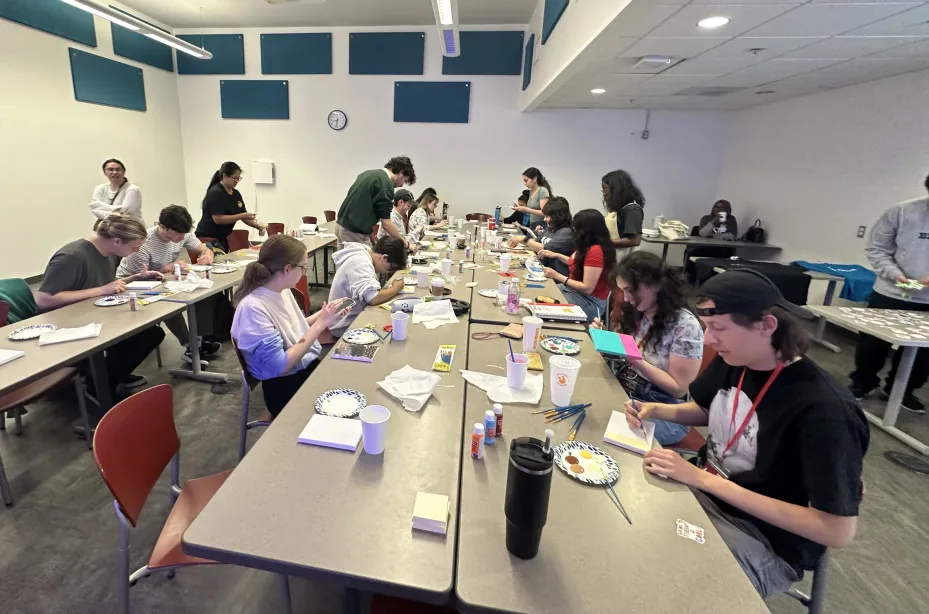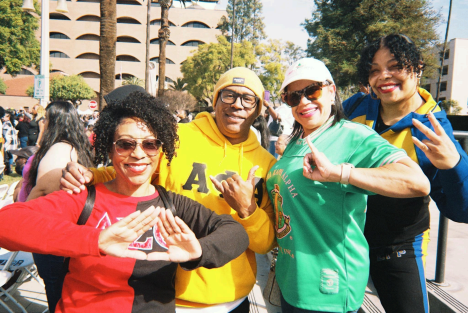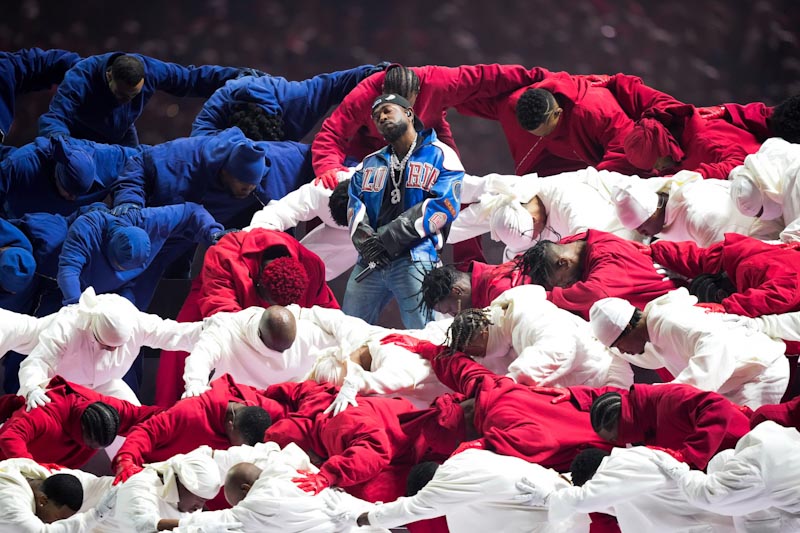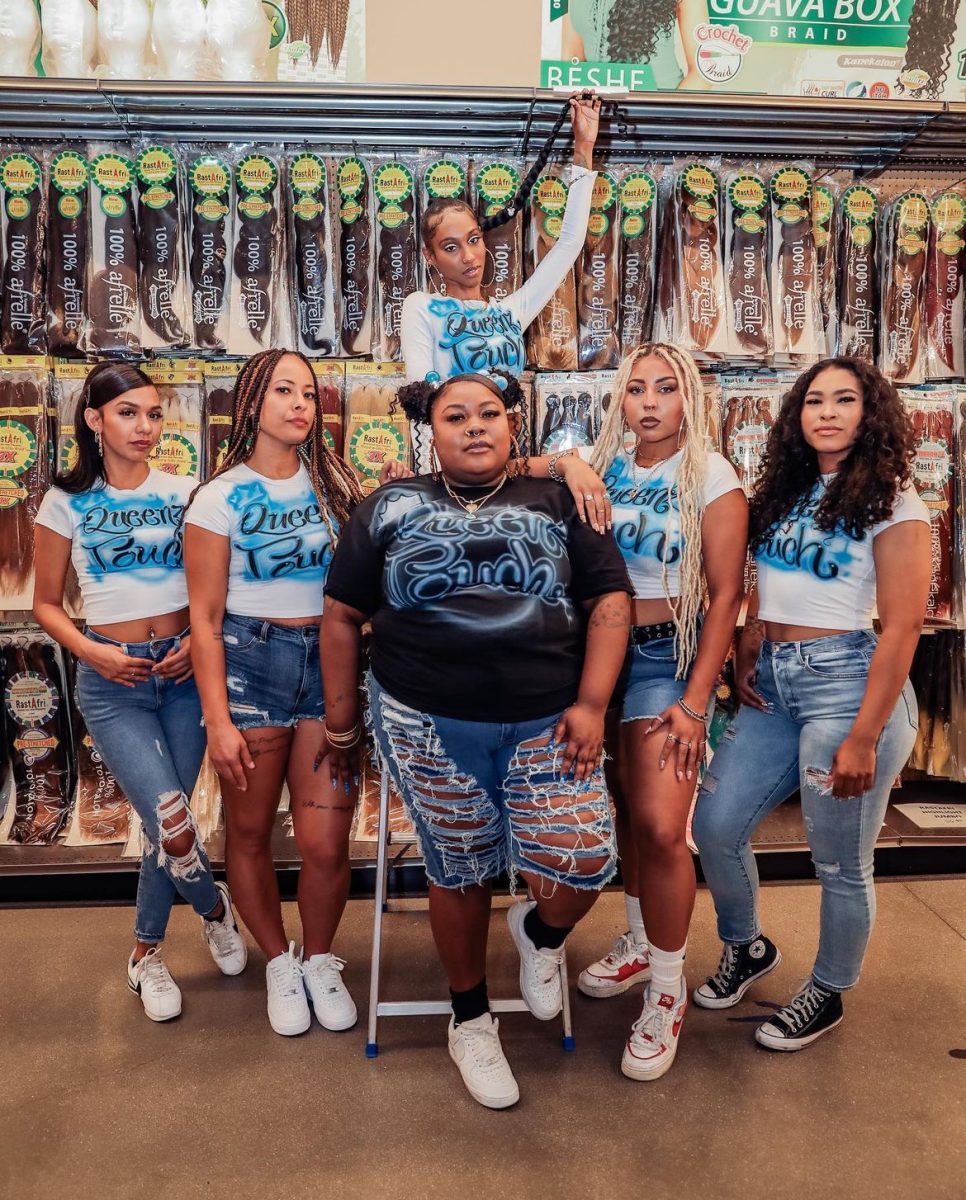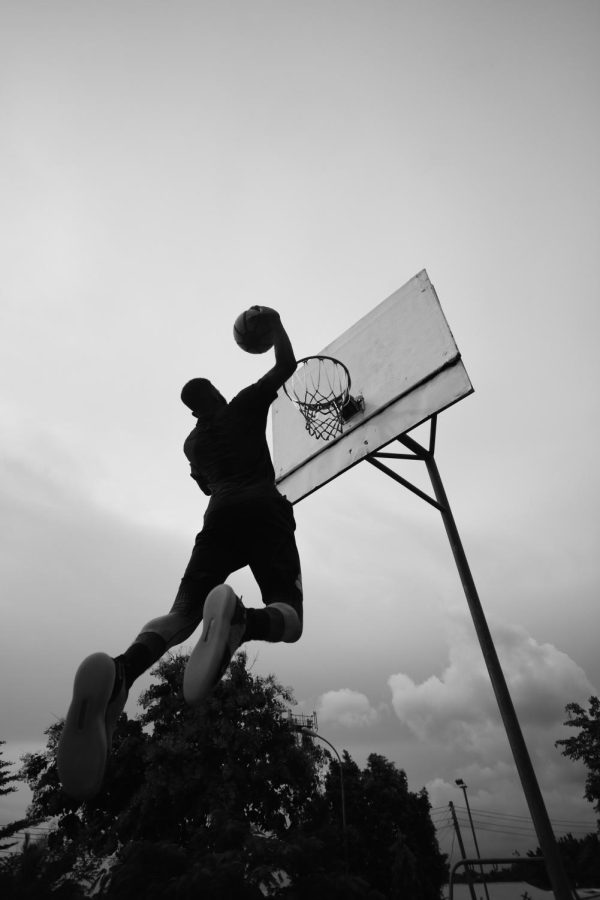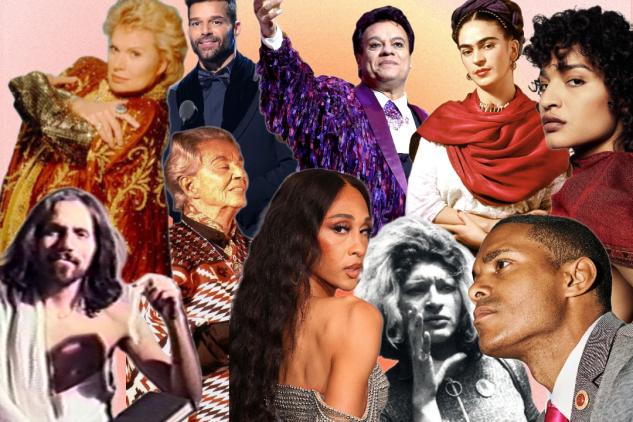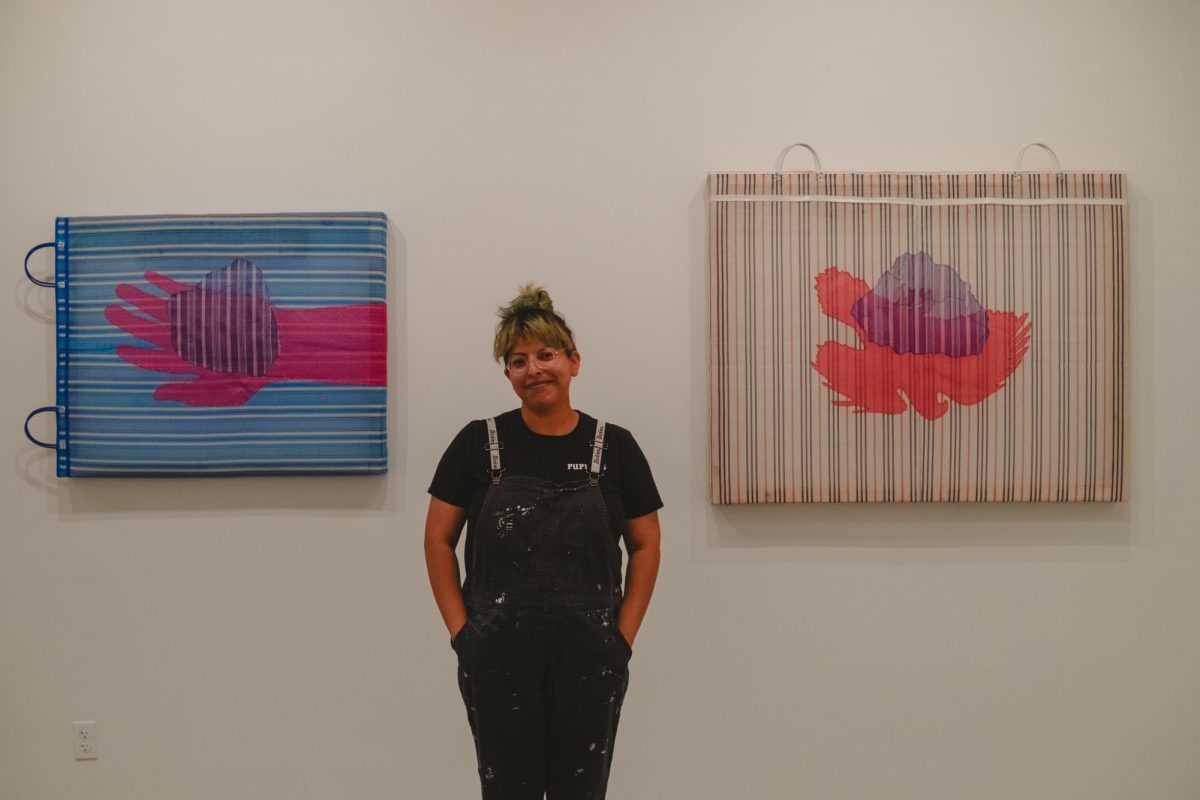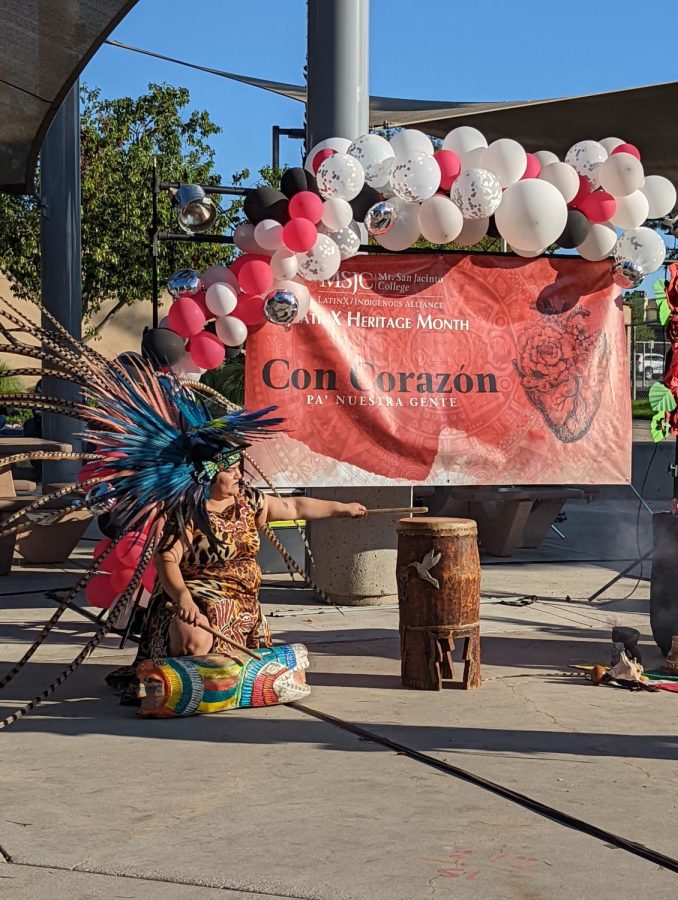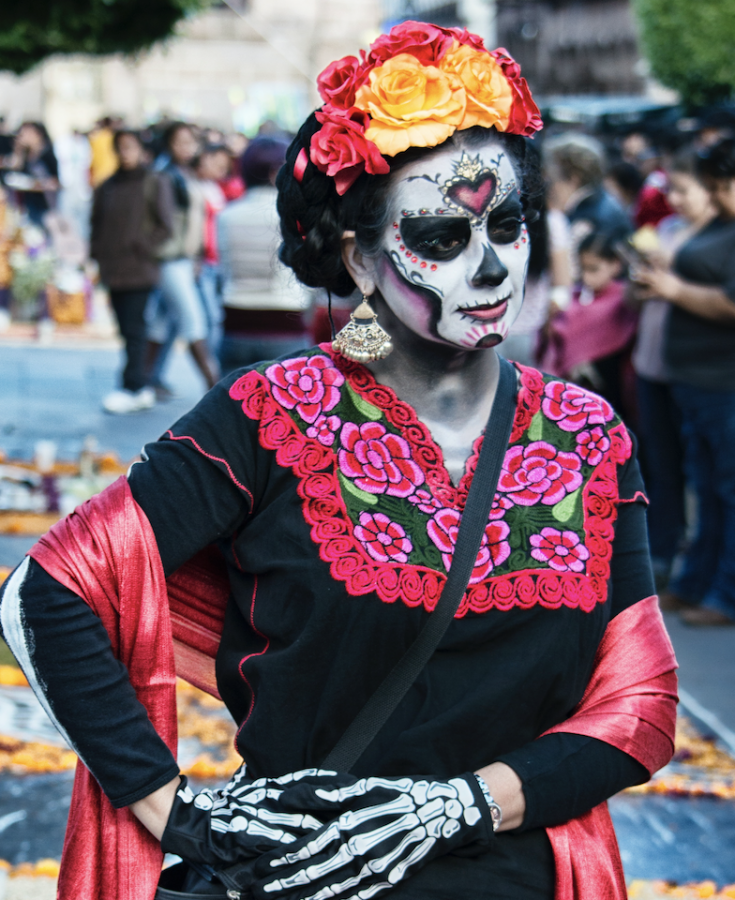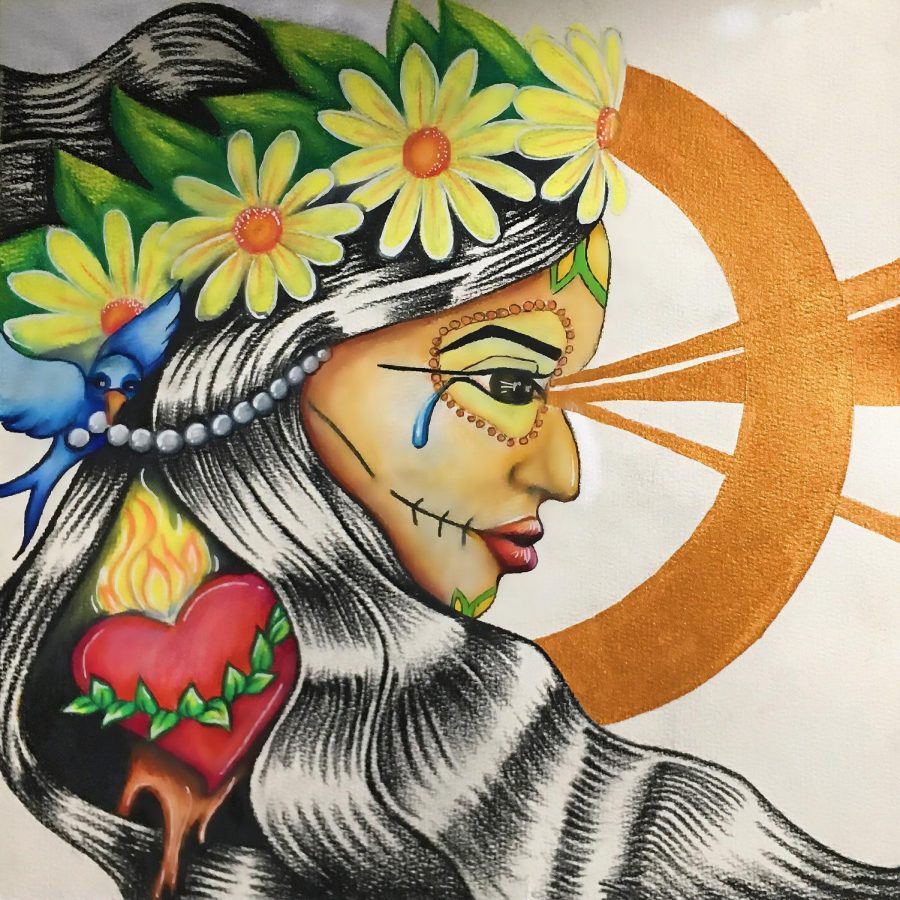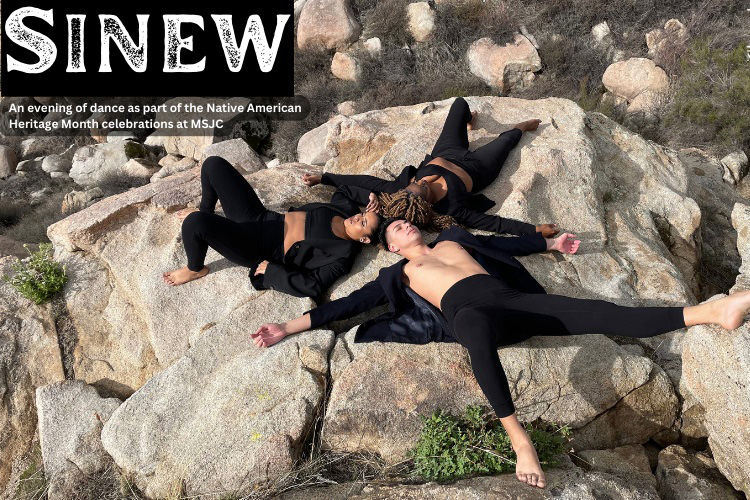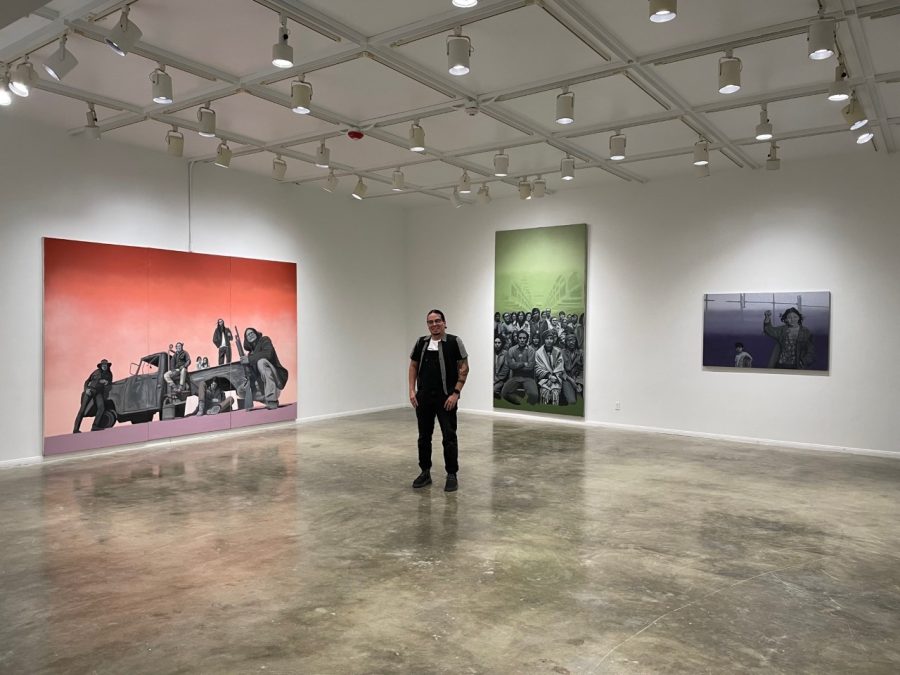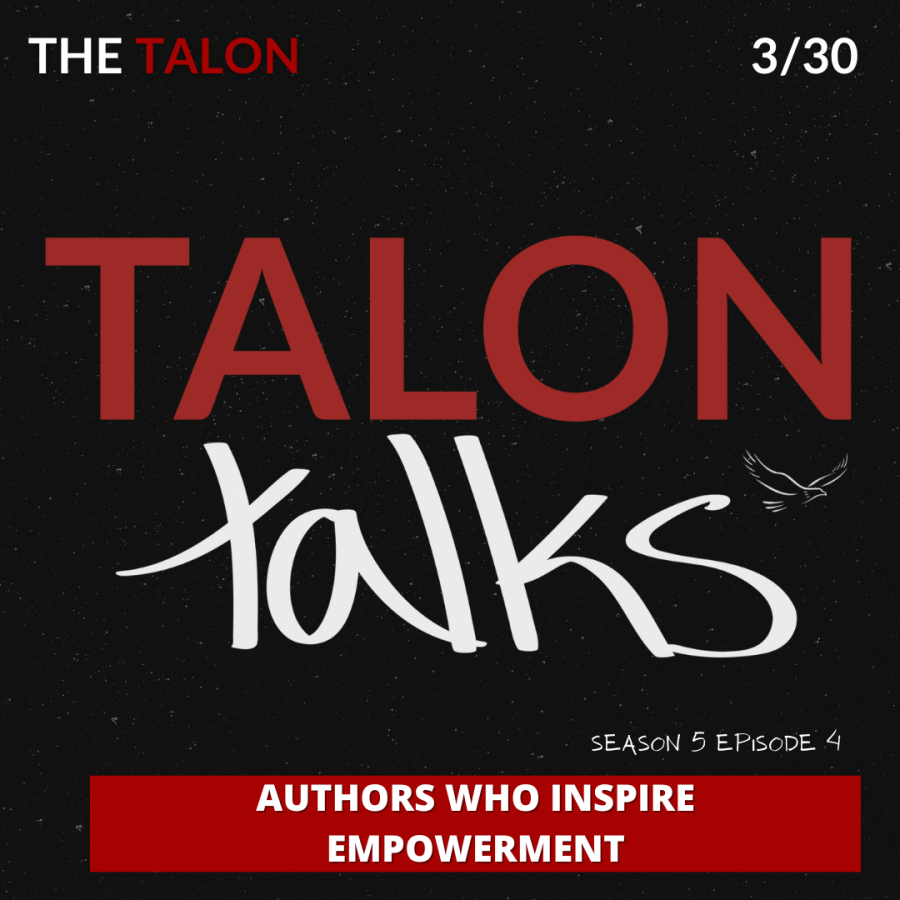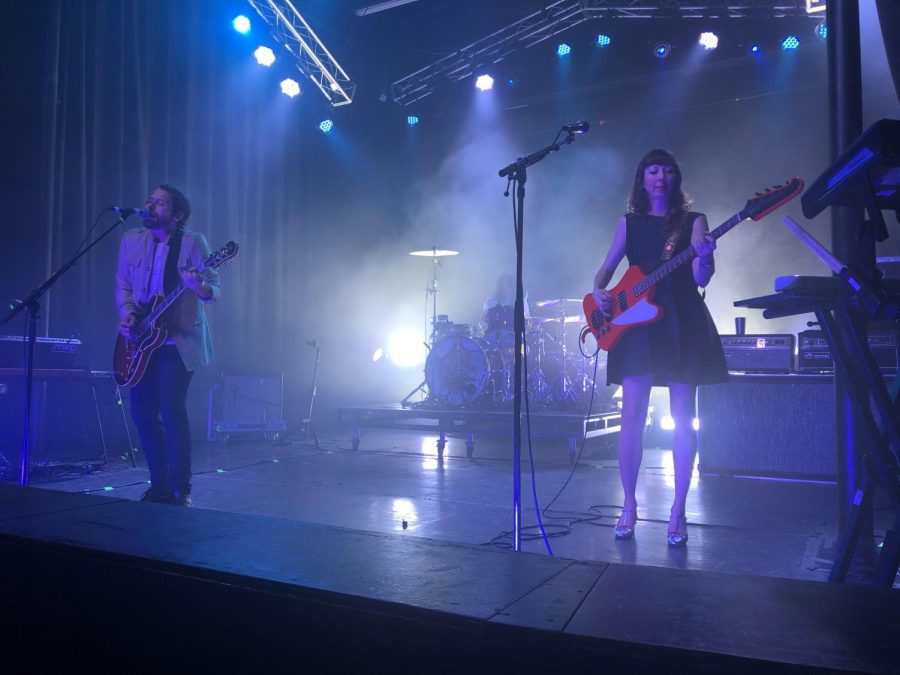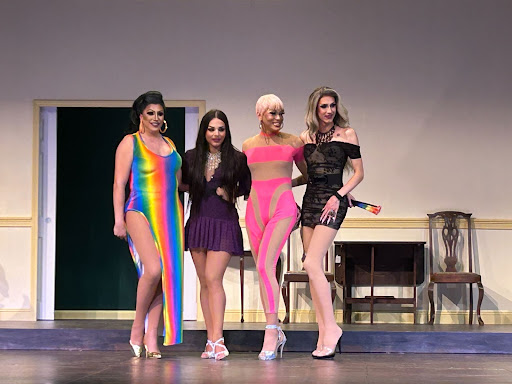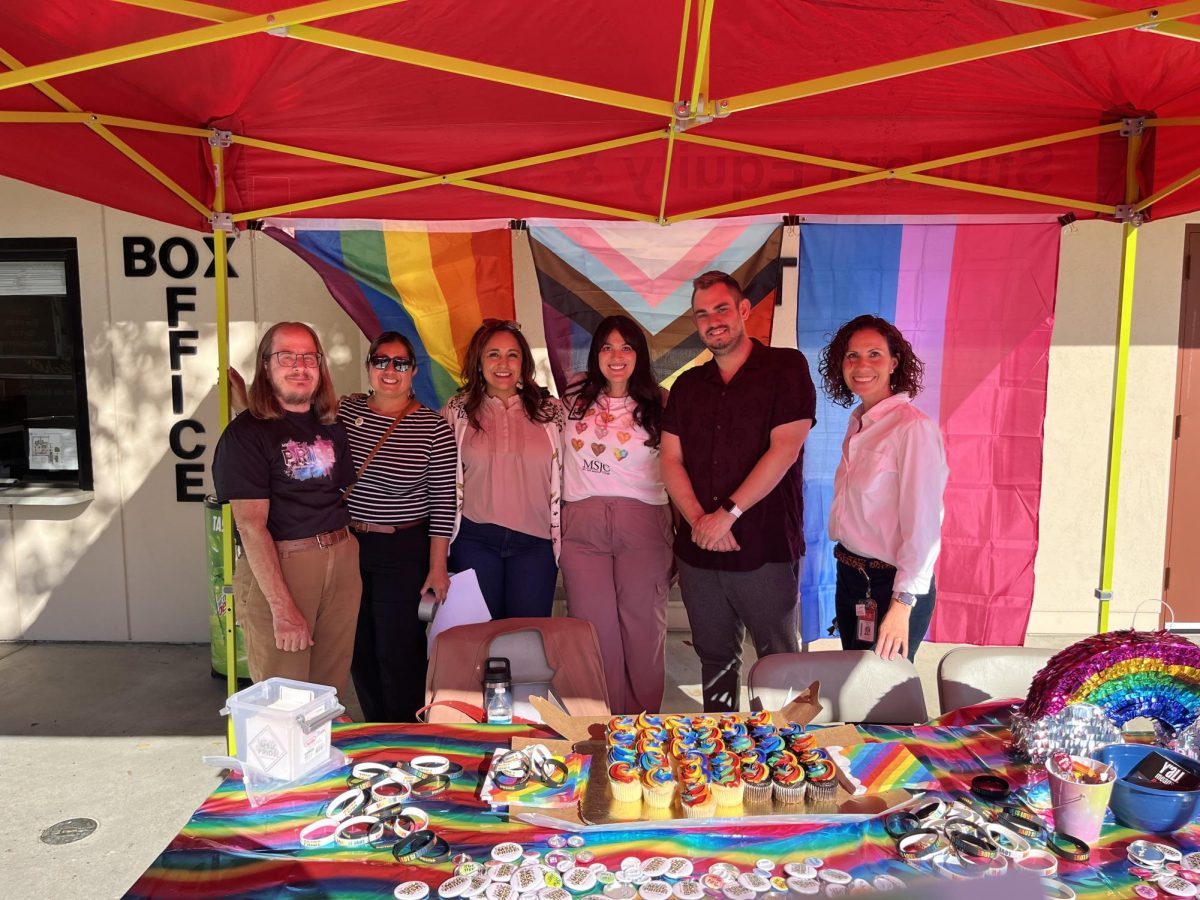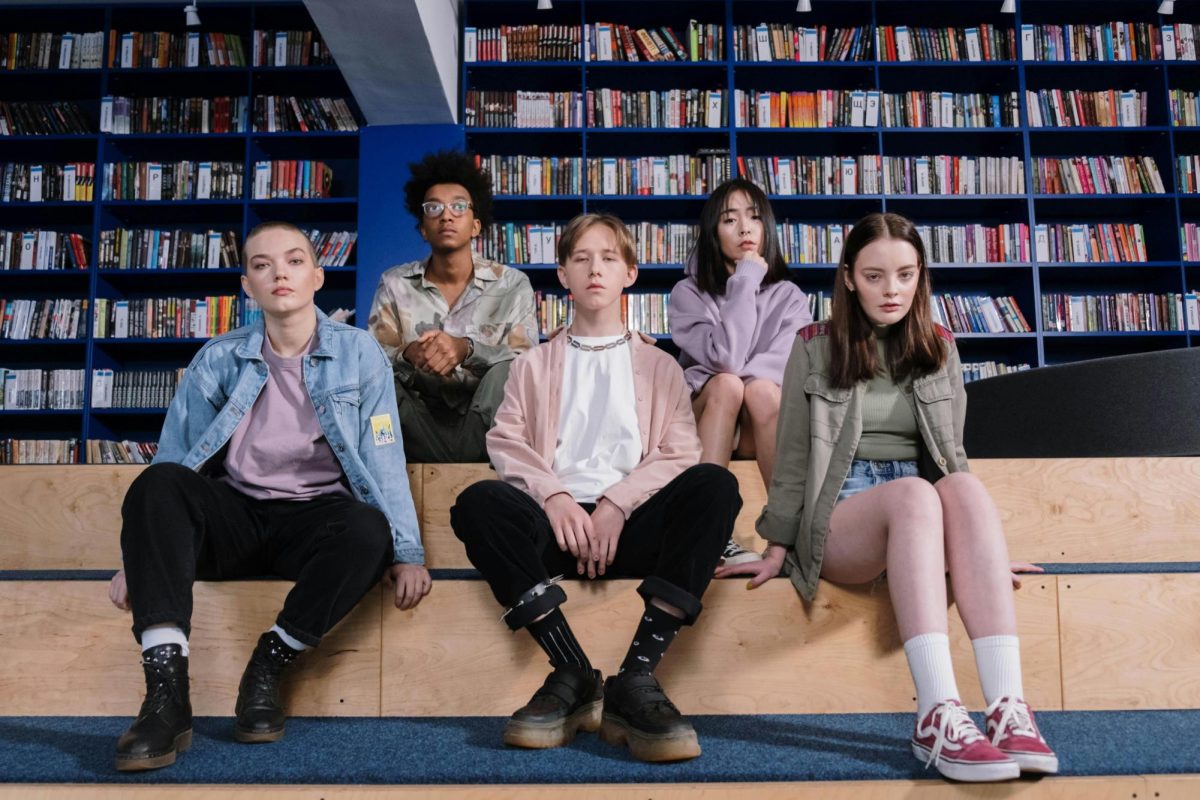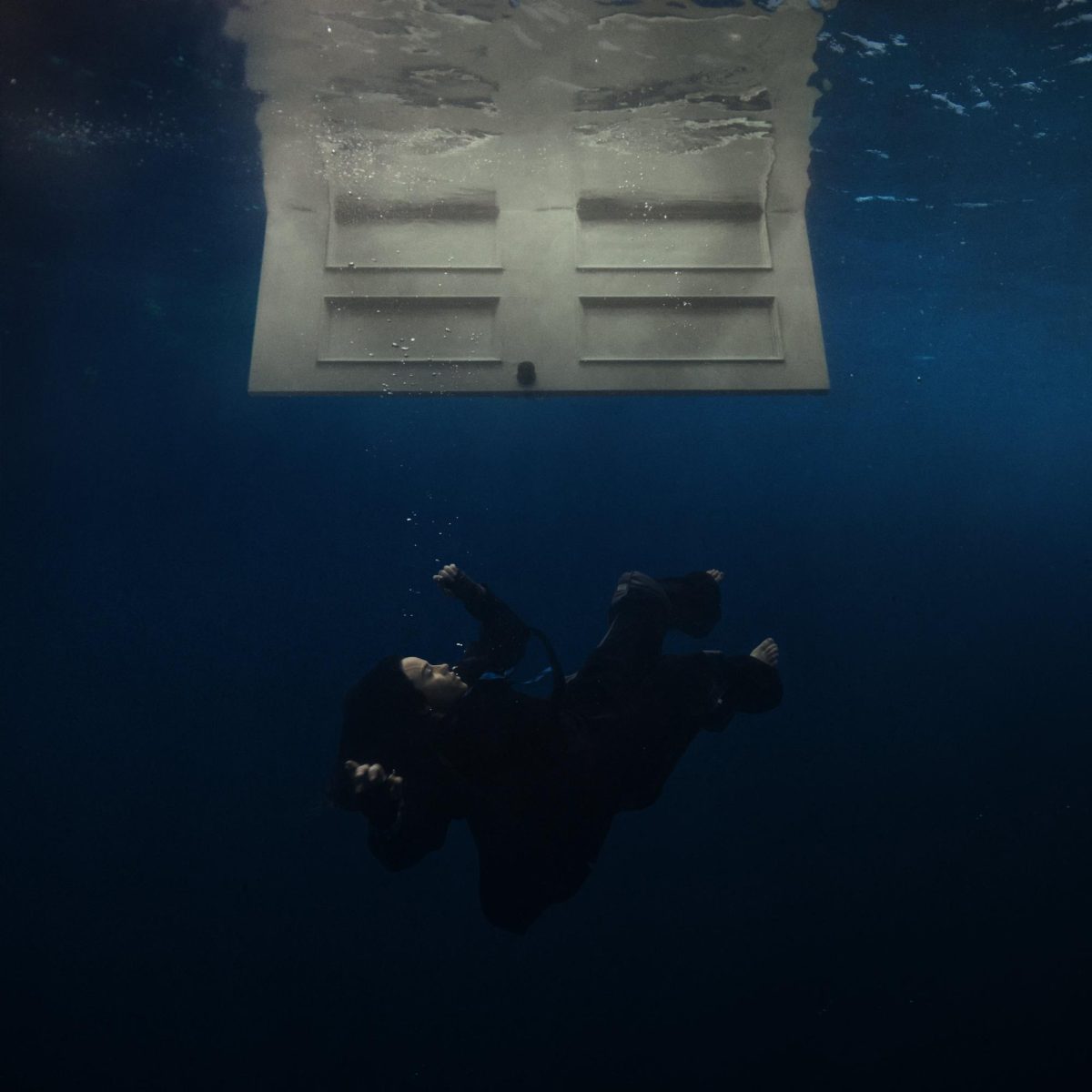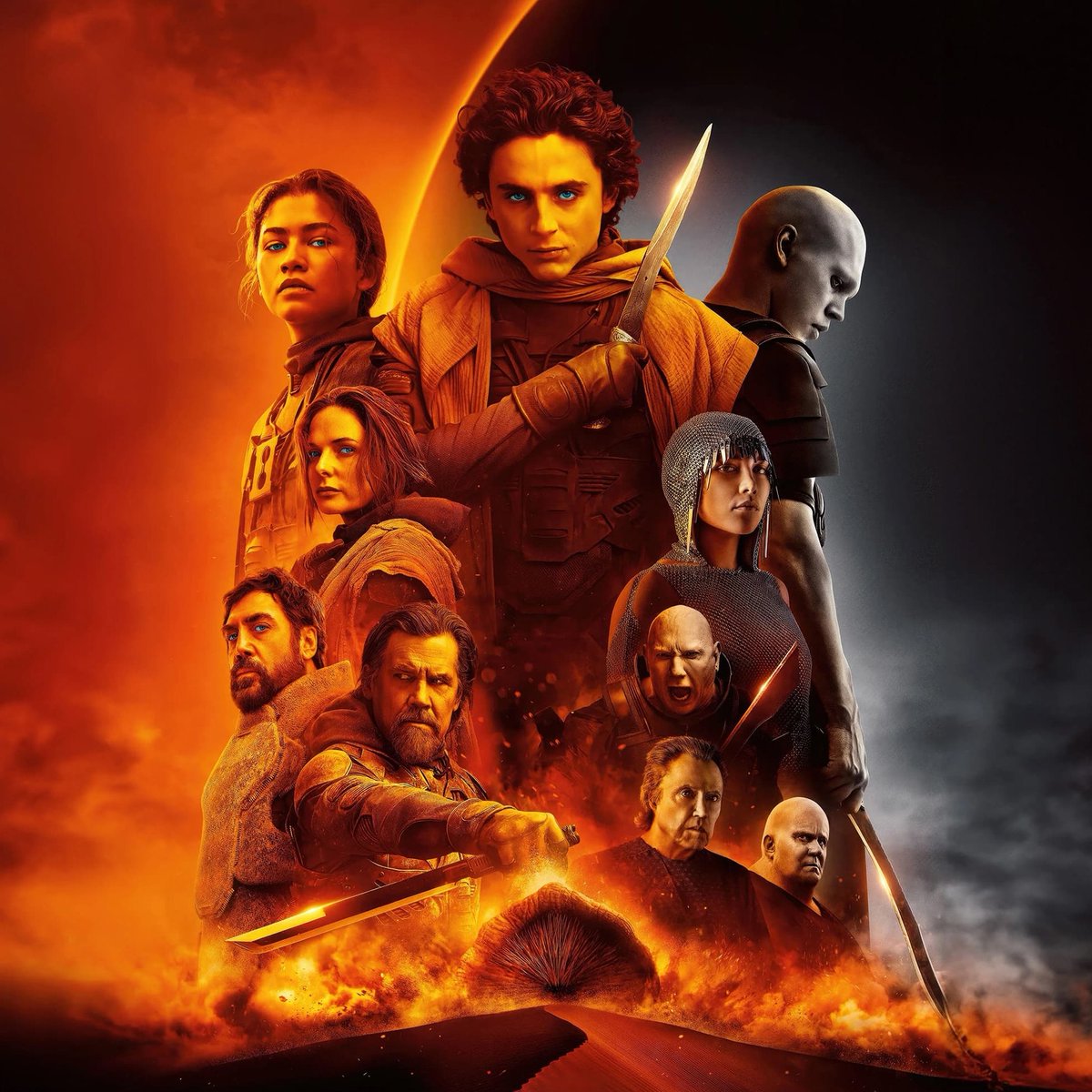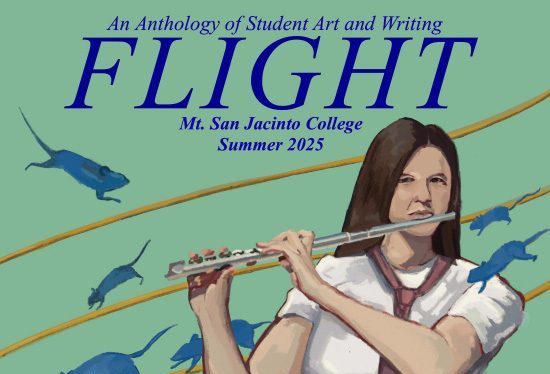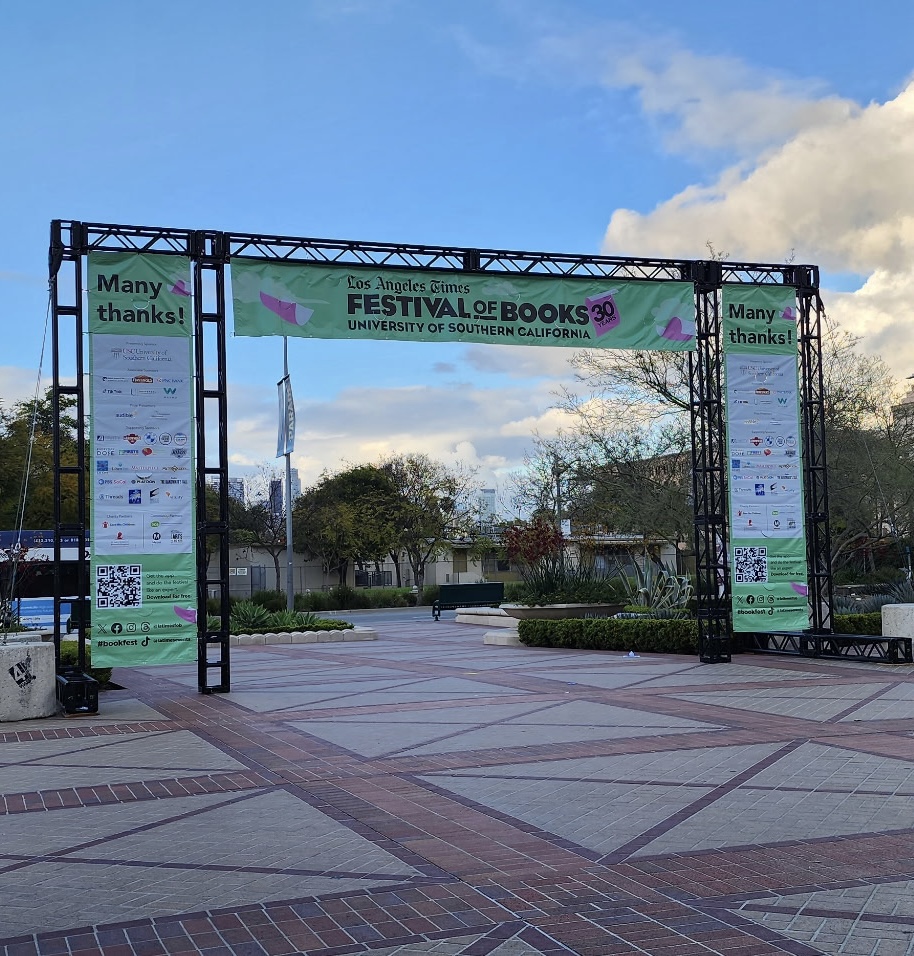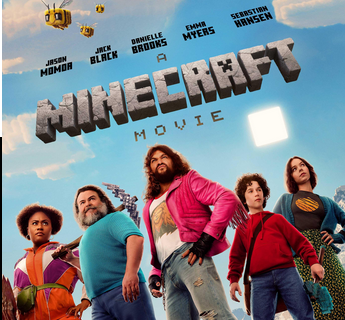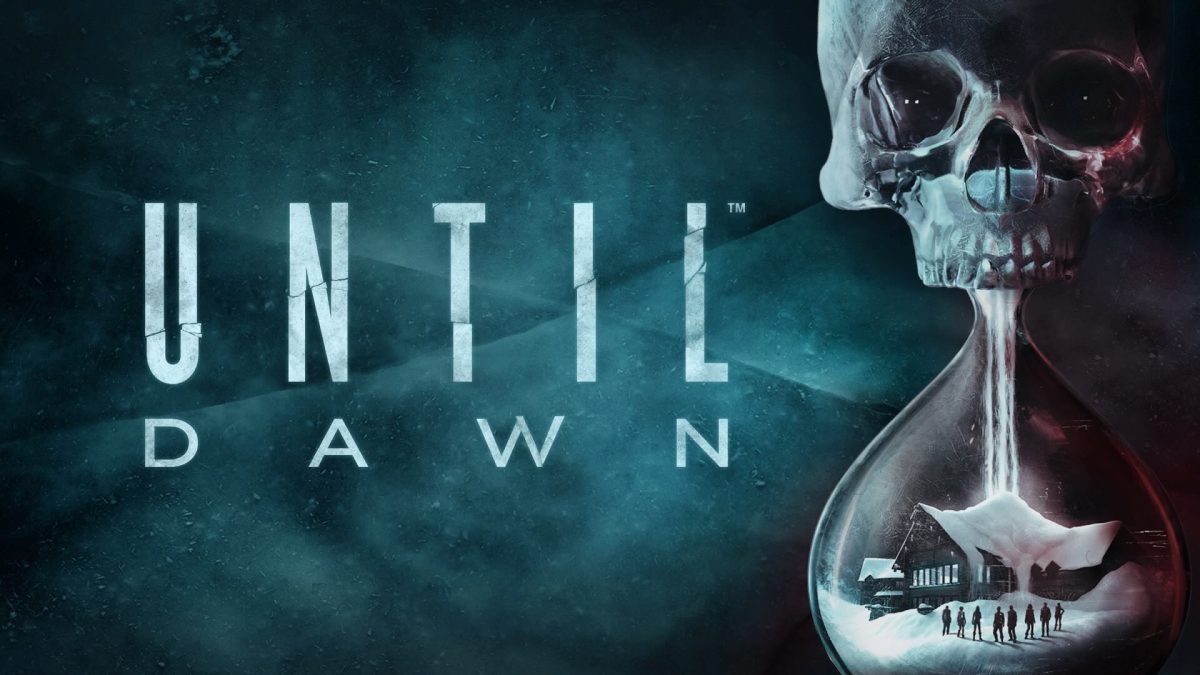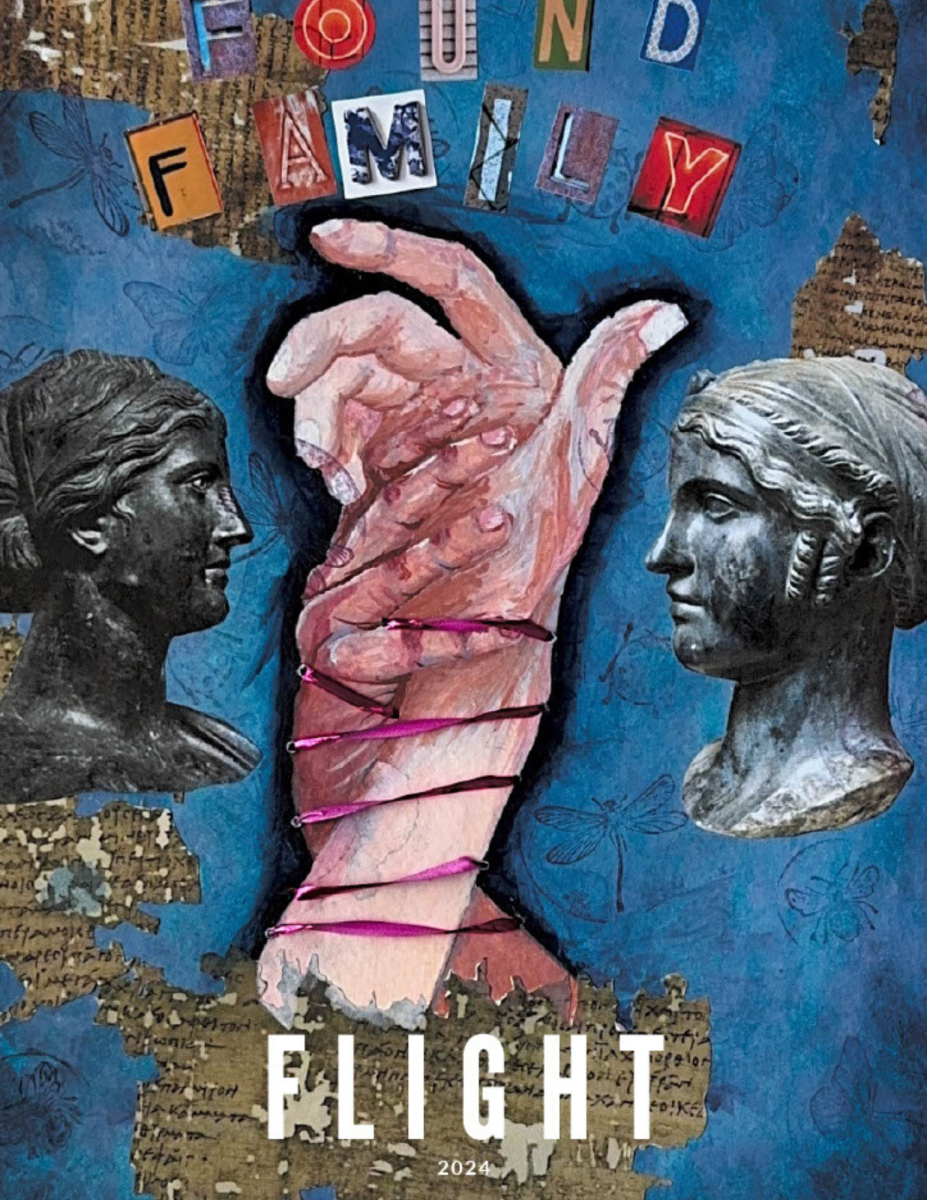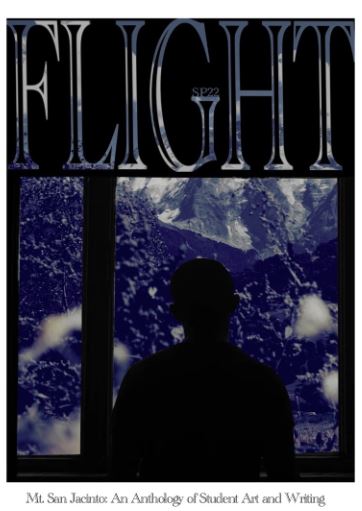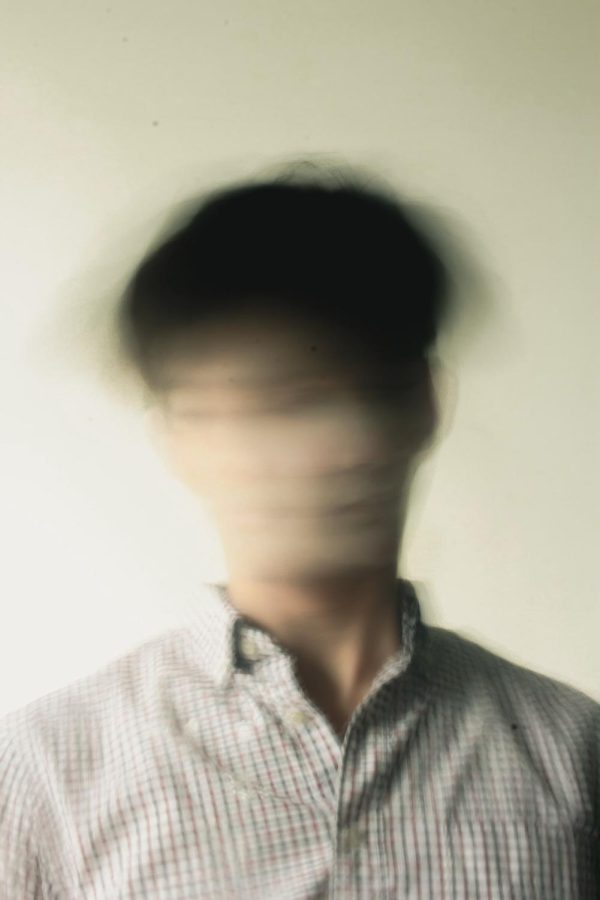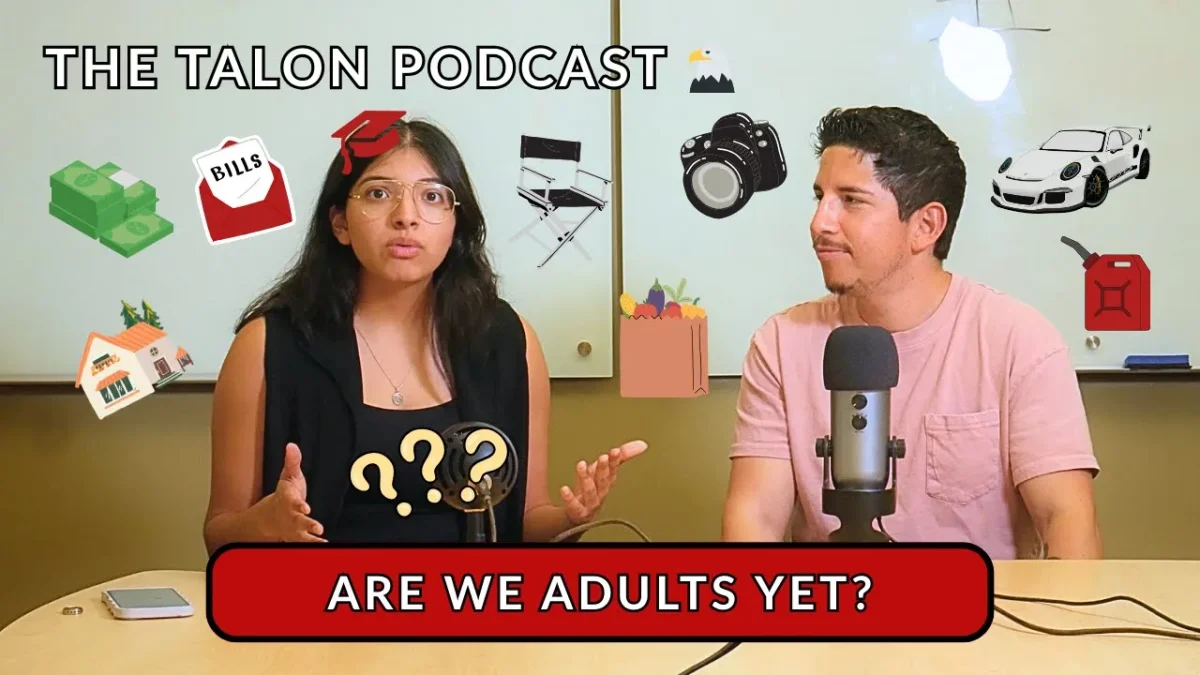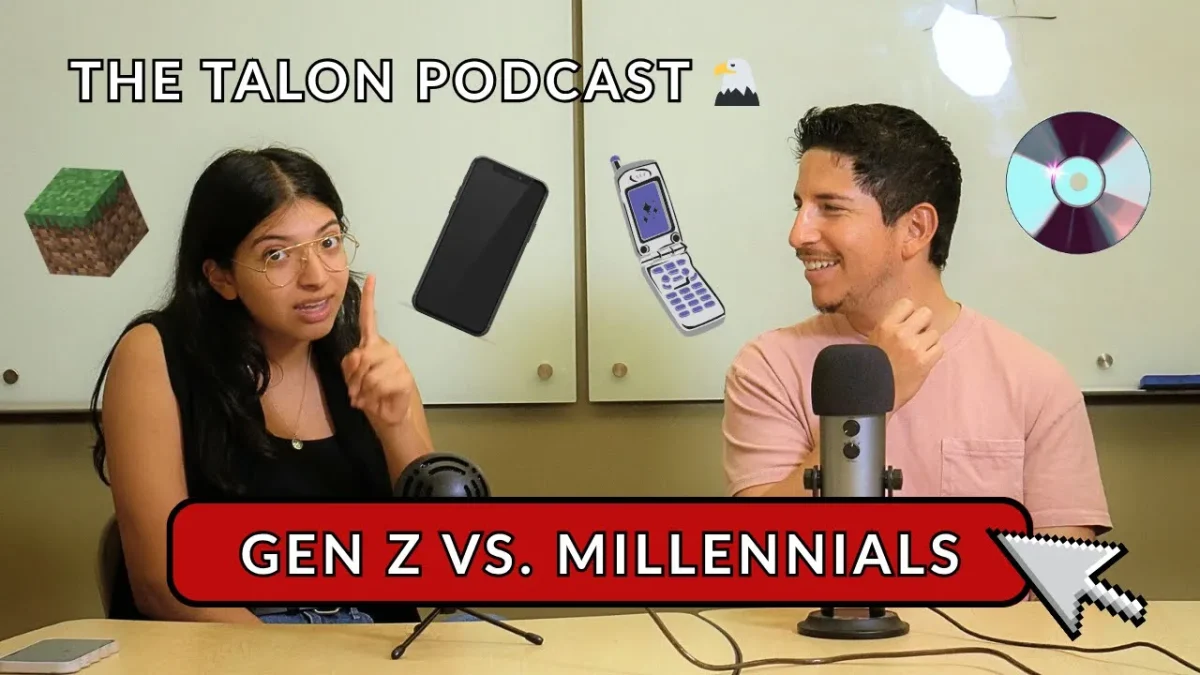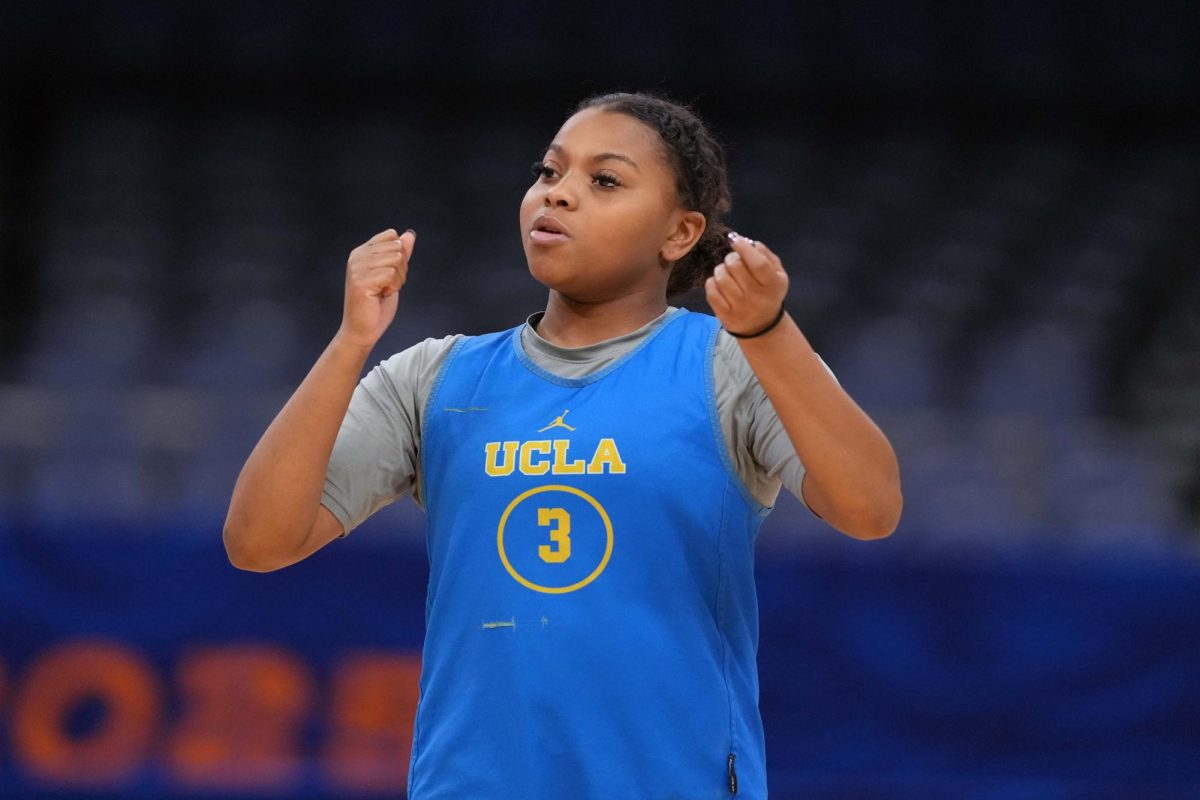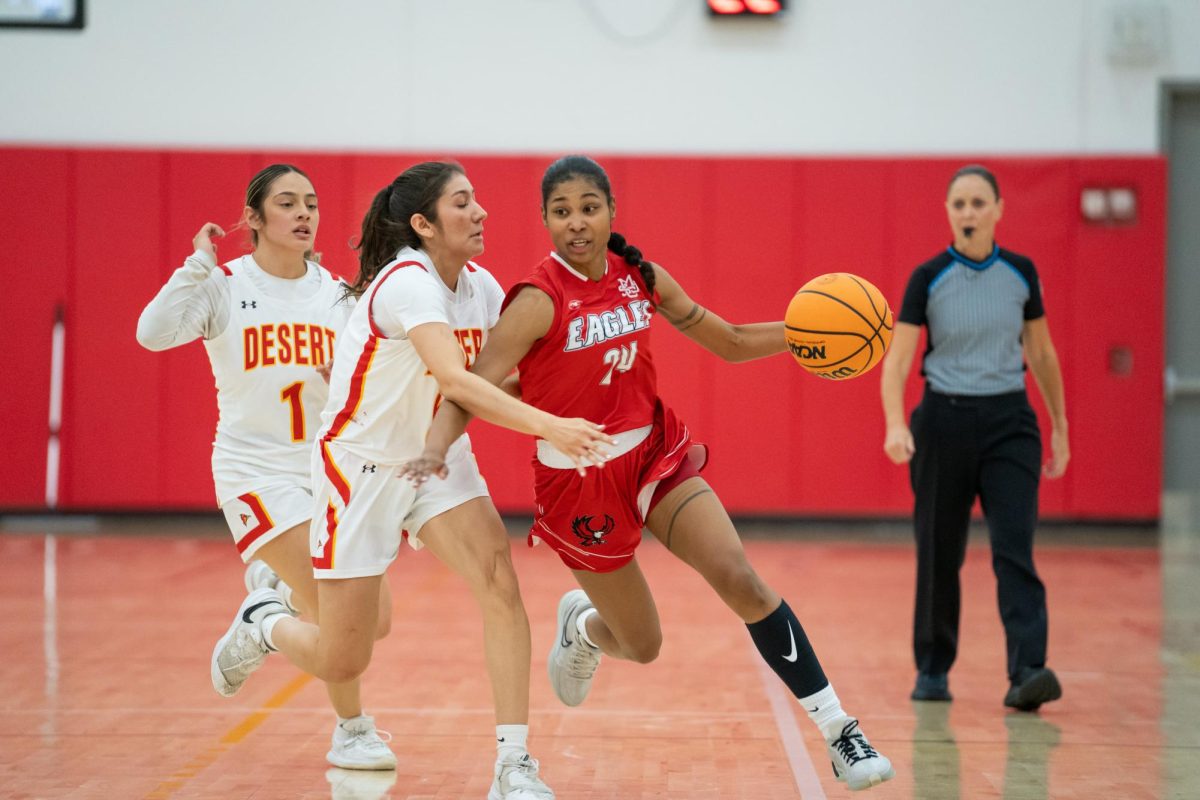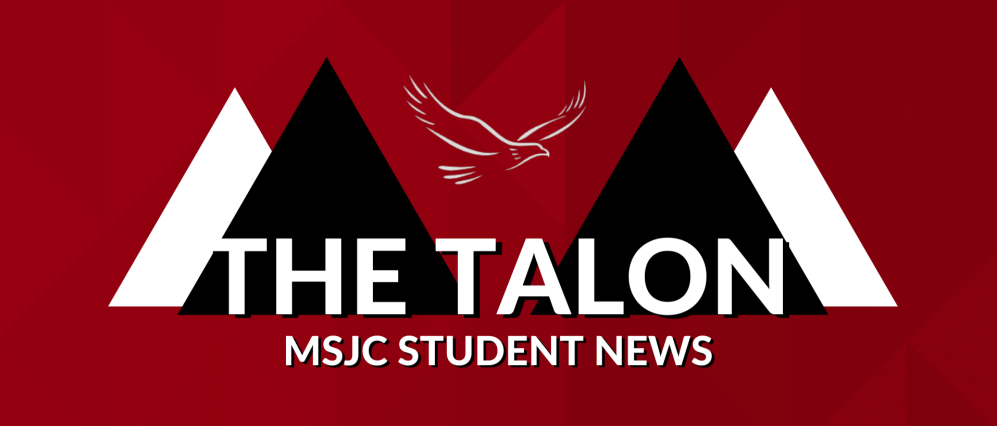Marvel’s Guardians of the Galaxy Video Game: A Champion of Accessibility
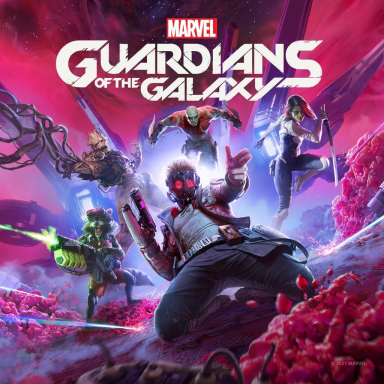
marvels guardians of the galaxy video game does a great job with accessibility functions
October 29, 2021
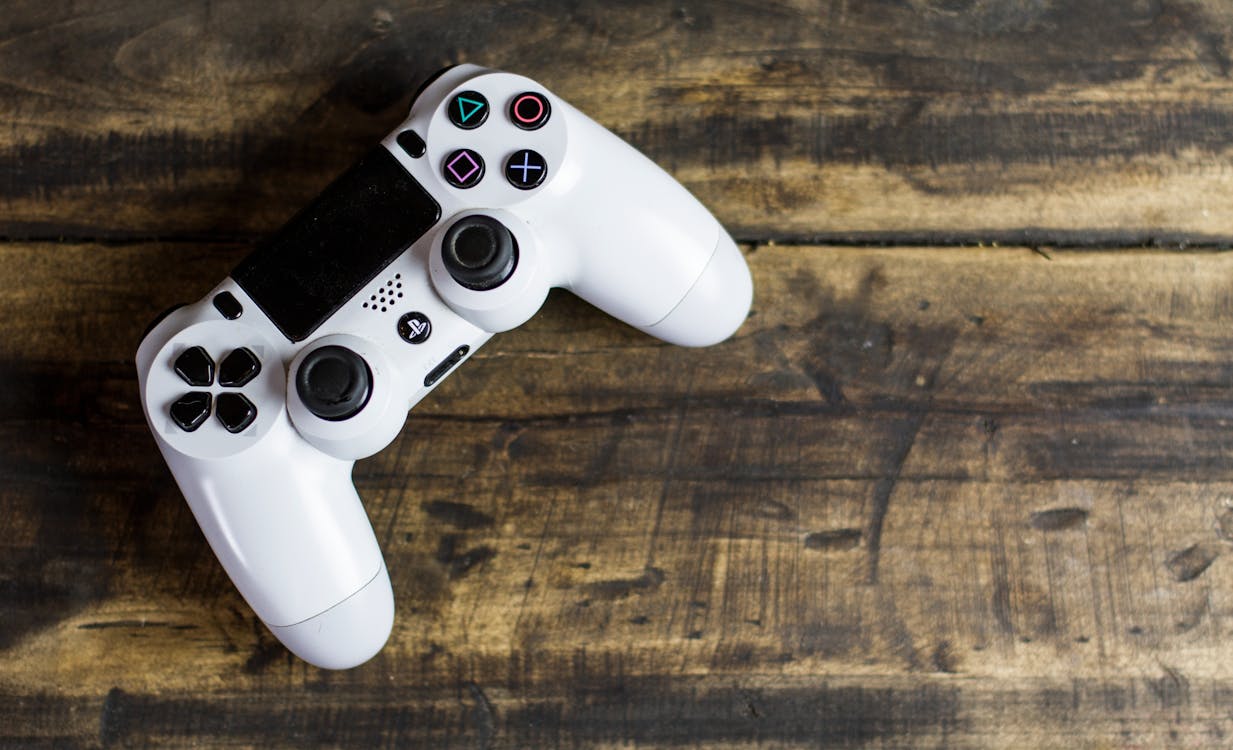
Since its initial launch in September of 2013, Grand Theft Auto V has sold 150 million copies. As of August 2021, the Nintendo Switch has sold 89 million devices. Within a year of its launch Animal Crossing: New Horizons has sold 31 million copies. Meanwhile live services games such as Fortnite, Apex Legends, and even Hearthstone, are constantly turning a profit, thanks to things like battle passes (recurring paid tiered reward systems), and microtransactions (purchasing of cosmetic items, boosts,etc.). The gaming industry is bigger than ever, and games themselves are bigger than ever. So why are games that put an emphasis on “accessibility” like Marvel’s Guardians of the Galaxy so few and far between?
How should we define accessibility? No, I’m not talking about your physical ability to locate and procure a copy of The Sims at Walmart. In this case, accessibility refers to features in a game that are designed by the developers in order to accommodate for a variety of disabilities or preferences that could make playing a game more difficult for an individual. This can be as simple as allowing for customizable subtitle sizes in order to assist those with impaired vision, to something more personal, like remapping control options.
The critically acclaimed The Last Of Us Part II(TLOU2), developed by Naughty Dog, is an outstanding example of what is possible from a AAA developer if they put enough effort and resources into developing accessibility features. In this game, just about every mechanic has alternative control methods, options are available to cut down on needless inputs, motion blur and camera shake can be adjusted to comfort, and traversal audio cues also allow for vision-impaired gamers to explore the game’s world. Gameplay-wise the game allows for ample amounts of customization which allow the player to mold the game to their liking; invisible while prone, toggling weapon sway, reducing enemy accuracy, etc. These features may seem small and inconsequential to someone who does not require accommodations to play, but to someone who has physical limitations, these small things mean the world. For the full list of accessibility features offered by The Last Of Us Part 2, click here.
 However, to be clear; it’s not just features that determine a game’s accessibility. What does a game look like when its design is actively working against accessibility? Well, look no further than Arkane studio’s time loop shooter Deathloop. Arkane is renowned for crafting some of the most innovative and immaculately designed immersive sims out there. Arkane’s game worlds are open sandboxes that encourage player experimentation, and that are designed to unfold in various ways depending on how the player chooses to interact with it. Deathloop’s claim to fame is being a time loop shooter, and a player has a whole day to try to achieve their goals, however if a player dies three times it is back to the drawing board. This sandbox encourages the player to learn the environments, catalog the movements of enemies, and plan the perfect run as they slowly unravel the mystery behind the loopy island.
However, to be clear; it’s not just features that determine a game’s accessibility. What does a game look like when its design is actively working against accessibility? Well, look no further than Arkane studio’s time loop shooter Deathloop. Arkane is renowned for crafting some of the most innovative and immaculately designed immersive sims out there. Arkane’s game worlds are open sandboxes that encourage player experimentation, and that are designed to unfold in various ways depending on how the player chooses to interact with it. Deathloop’s claim to fame is being a time loop shooter, and a player has a whole day to try to achieve their goals, however if a player dies three times it is back to the drawing board. This sandbox encourages the player to learn the environments, catalog the movements of enemies, and plan the perfect run as they slowly unravel the mystery behind the loopy island.
The main problem with accessibility in this game lies within the very fabric of the game’s structure. Being allowed three deaths before “looping” (losing that day’s progress) sounds generous. However, the sheer amount of progress that can be lost this way is not minuscule. Weapons, upgrades, and mission progress can all be lost due to a loop. As a result this requires some decent competency at FPS(first-person shooter) games, and this is competency that might not be achievable for individuals who have a disability/impairment that affects their hands. Undoubtedly, there are features that could be implemented to lessen the barrier to entry; decrease player damage taken, increase damage given, etc. However, why not go into a project with accessibility at the very forefront of development? Why not seek to create an experience that is accessible to as many people as possible from the very start? Would Deathloop have turned out the way it did, if it was?
Despite Deathloop’s disappointing performance in the accessibility department, Marvel’s Guardians of the Galaxy is continuing the trend that TLOU2 started. The game was released on October 26th to a surprisingly positive reception, and even more surprisingly, includes a plethora of accessibility options right off the bat. Does it live up to the breadth of options that TLOU2 provided? Not quite. This is what Courtney Craven at Can I Play That had to say in their review of the game’s accessibility, “The reason I love both the visor mode and the helpful dialogue so much is that they perfectly illustrate what’s possible with inclusive game design, instead of band-aid fixes via options for overly complex gameplay. This cognitive approachability is simply how the game is for everyone, not a special set of settings that will simplify part of the game or make parts skippable. For me, this truly embodies ‘gaming for everyone’ more than any other game I’ve played recently.”
What I find most intriguing about Guardians of the Galaxy is that it puts the spotlight directly on its accessibility. From the very get-go, it lays all of its cards down and it asks you to shuffle them however you want. Don’t want the ace? That’s fine, here’s the trash can. Go ahead, it’s your game. Developers should make accessibility a standard focus in gaming by putting all the options in front of every player so that players know they exist, and players can then tailor the gaming experience to anyone. What better way to educate about the greatness of innovation than allowing it to be viewed unfiltered?
In retrospect, the accessibility offered by Guardians Of The Galaxy is not completely surprising. It is a game based on one of the world’s most dominant media franchises, featuring characters that are loved worldwide by millions. Why wouldn’t you want as many people as possible to be able to sit down and enjoy the game? After all, that is what this is all about, about allowing people to feel comfortable while partaking in their favorite hobby their own way.
